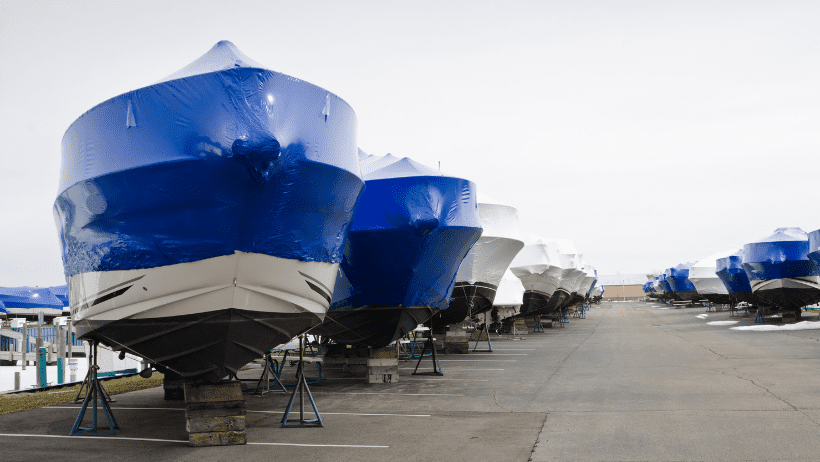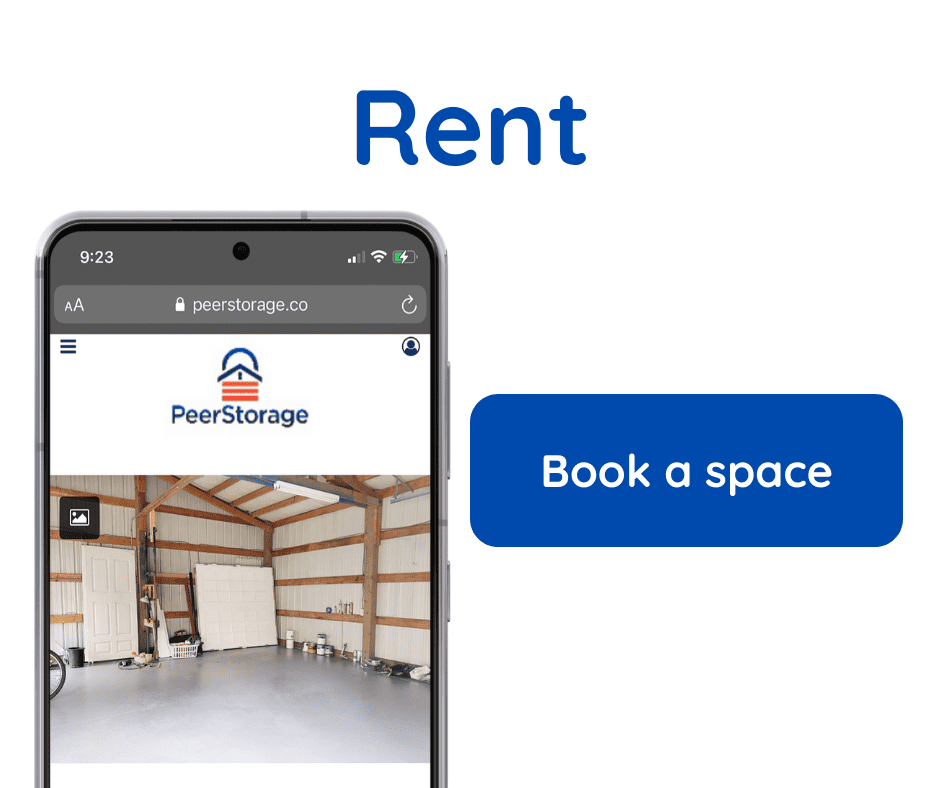Peer-to-Peer Storage vs. Traditional Units
- September 26, 2025
- Cheap storage near me
Choosing the right storage option depends on your needs, budget, and priorities. Peer-to-peer storage connects you with individuals…
Read More
Your boat will probably be hauled out of the water for winter every year, which gives you choices to make for the best dry storage options: are you hoping for a refit or an engine replacement? Do you want a new coat of bottom paint? Do you need professionals to do this for you, or can you do the work yourself?
When selecting the best dry boat storage location, these considerations must be factored in. Sometimes a boatyard will be your best bet, sometimes a professional self-storage company will work, and sometimes you’ll be better off renting out a driveway.
A professional boatyard is the easiest option if you’re planning to have professional maintenance done on your boat while it’s in dry storage. If you own a boat, you probably have a favorite boatyard in mind, and that leaves you with two options for doing maintenance while your boat is in storage:
A potential downside to consider with dry boatyard storage is the price; this is prime real estate, and you’ll be paying for it.

But, if you can afford it and your goals for the storage period are to complete a round of professional maintenance before going back on the water, it’s hard to match the convenience of simply dropping off your vessel and waiting for the call that it sitting dockside, waiting to be picked up.
If you prefer to keep your boat in a separate storage facility, there are some great options but also essential precautions to take that apply to outdoor storage in general, as well as missteps to avoid.
If you’re storing your boat for the off-season, for a period away from the water, or for any other reason that won’t require a professional tradesman working on it, these are the best options.
The first alternative, a self-storage lot dedicated to boats without any of the facilities of a boatyard, is relatively straightforward. Most likely, you will be paying for your spot, which will give you access to your boat as needed and, depending on the storage company, a variety of protections such as chain link fences, security cameras, or a guard at the gate.
The price for using a self-storage company will depend on the proximity to the water, level of security they provide, demand in your area, and more. Without the services offered by a full-spectrum boatyard, you should be able to find storage companies that offer a lower price than their more resource-intensive competitors.
Some storage facilities might offer roofs, but if not, you will want to consider having your boat shrink-wrapped. Some people choose to hire a professional team for this (and if you’ve never done the chore before, hire a professional and ask him to teach you how it’s done.
If they are good at what they do, they’ll happily teach you without batting an eye; you might not need them again, but there is no shortage of demand for shrink-wrappers), or, if they’re experiencing, they can do it themselves. Note: your writer worked as a professional shrink wrapper and can assure you of the technical challenges it poses to the uninitiated.

Shrink wrapping is an important part of any outdoor dry boat storage, so it’s worth briefly detailing what it means. Shrink wrap is the white, tight plastic covering that’s squeezed (or more accurately heated with a torch until the plastic tightens) onto boats in the wintertime.
It’s designed to keep water and snow out of the boat while it’s not in use. If water gets into gaps in the hull and freezes, it can expand and make cracks worse; it can damage electrical equipment and make it hazardous and sometimes impossible to get on your boat in the winter.
Without shrink wrap, working on your boat will be a hassle, and in icy conditions, potentially dangerous. Shrink wrapping a boat will allow you to access your vessel in all weather (through a zipper flat on the side of the plastic, and should be put on as soon as your boat goes into dry storage and taken off as near as possible to the day you’re going back on the water.
This third option for dry boat storage offers boatowners the choice of either keeping their boat on their property or renting somebody else’s storage space.
The benefits of the former are clear: easy access, cost-free, and you can keep an eye on it. But so are the drawbacks, particularly taking up space you might need for something else. When renting somebody else’s dry boat storage space, you need to keep in mind a few additional factors: some municipalities have laws about how long boats can be stored in driveways, and while your host will most likely be up to date on these, it’s worth double checking yourself that the storage space is fit for purpose.
Also, check with your host that you’ll be allowed to access your boat, and be clear ahead of time whether this access is 24/7, limited, or by appointment only (none of these are unreasonable, but it’s important to be on the same page). Once you know your host can provide the access you need, it’s one of the easiest and cheapest options.
The best solutions to dry boat storage will depend on your goals for the haul out. A boatyard is the best bet if you’re looking to get some professional work. If you’re keeping your boat dry until spring, renting a driveway or a backyard will give you all the protection and access you need to get through the winter.


Join The Discussion